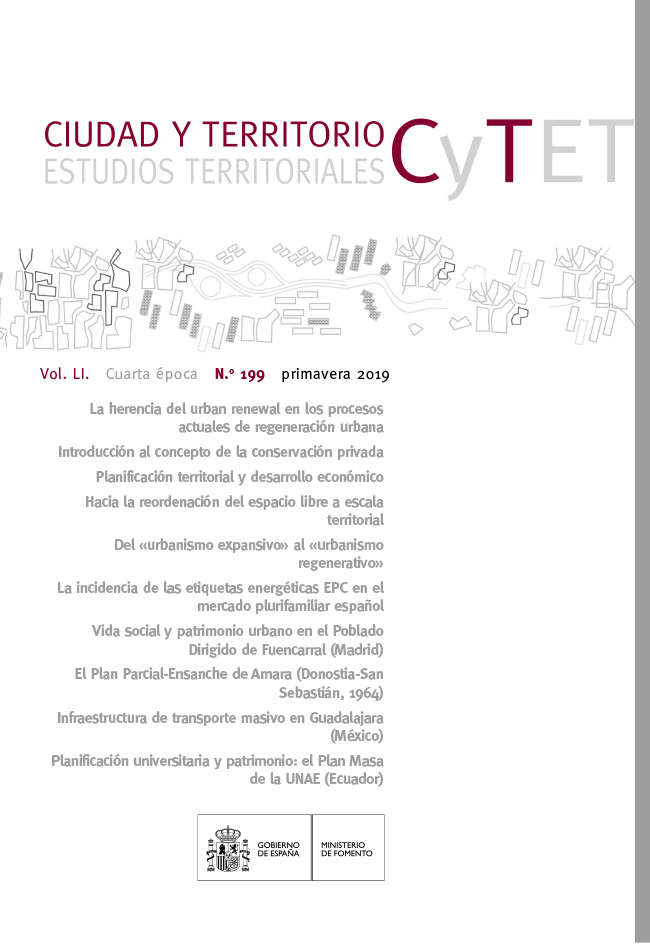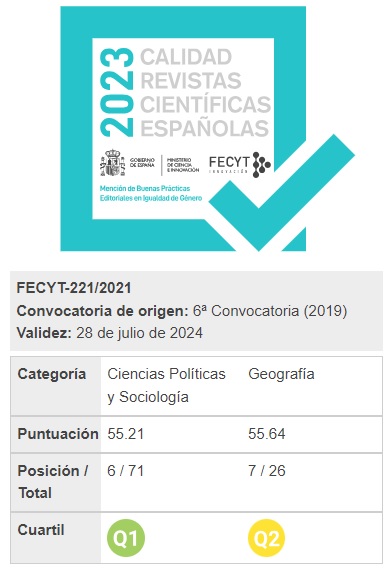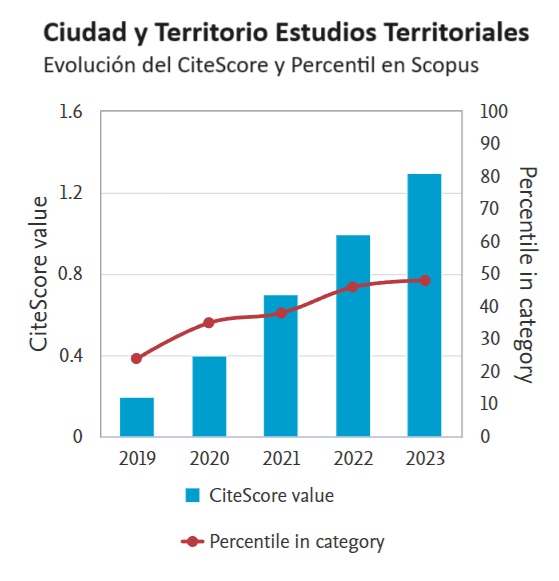Introduction to the concept of private conservation “new” tools for protecting biodiversity
Keywords:
Land stewardship, private governance, land trust, conservation NGO, Third Social SectorAbstract
Private conservancy is becoming more important within the national conservation strategies
of many countries in the world and it is presented as a complementary tool to the instruments traditionally
implemented by the Governments. At the same time, it contributes to the development of territorial
governance by involving a broad set of stakeholders in the protection of biodiversity. In spite of its
growing value and potential, it is not recognized as many authors and organizations have claimed for a
long time. That is why it is necessary to keep on advancing in the knowledge of what in our country is
associated with land stewardship, as well as to understand this way of protecting and managing natural
environment. This paper reviews academic references and reports published by conservation bodies,
with the purpose to examine the role played by private agents and environmental organizations. It
exposes some of the advantages that this kind of private natural protected areas have, besides the main
problems linked with them. It is important to notice that private conservation is a very heterogeneous
matter around the world; in many Anglo-Saxon and Latin-American countries it is vastly consolidated,
while in other places, such as Spain, it still presents an incipient development.
Downloads
Downloads
Published
How to Cite
Issue
Section
License
Copyright (c) 2019 Margarita Capdeón Frías, Carlos Javier Durá Aleman

This work is licensed under a Creative Commons Attribution-NonCommercial-NoDerivatives 4.0 International License.
Considering the provisions of the current legislation on Intellectual Property, and in accordance with them, all authors publishing in CyTET give -in a non-exclusive way and without time limit- to the Ministry of Transport, Mobility and Urban Agenda the rights to disseminate, reproduce, communicate and distribute in any current or future format, on paper or electronic, the original or derived version of their work under a Creative Commons Attribution-NonCommercial-NoDerivative 4.0 license International (CC BY-NC-ND 4.0), as well as to include or assign to third parties the inclusion of its content in national and international indexes, repositories and databases, with reference and recognition in any case of its authorship.
In addition, when sending the work, the author(s) declares that it is an original work in which the sources that have been used are recognized, committing to respect the scientific evidence, to no longer modify the original data and to verify or refute its hypothesis. Author(s) also declare that the essential content of the work has not been previously published nor will it be published in any other publication while it is under evaluation by CyTET; and that it has not been simultaneously sent to another journal.
Authors must sign a Transfer of Rights Form, which will be sent to them from the CyTET Secretariat once the article is accepted for publication.
With the aim of promoting the dissemination of knowledge, CyTET joins the Open Journal Access (OA) movement and delivers all of its content to various national and international indexes, repositories and databases under this protocol; therefore, the submission of a work to be published in the journal presupposes the explicit acceptance by the author of this distribution method.
Authors are encouraged to reproduce and host their work published in CyTET in institutional repositories, web pages, etc. with the intention of contributing to the improvement of the transfer of knowledge and the citation of said works.







